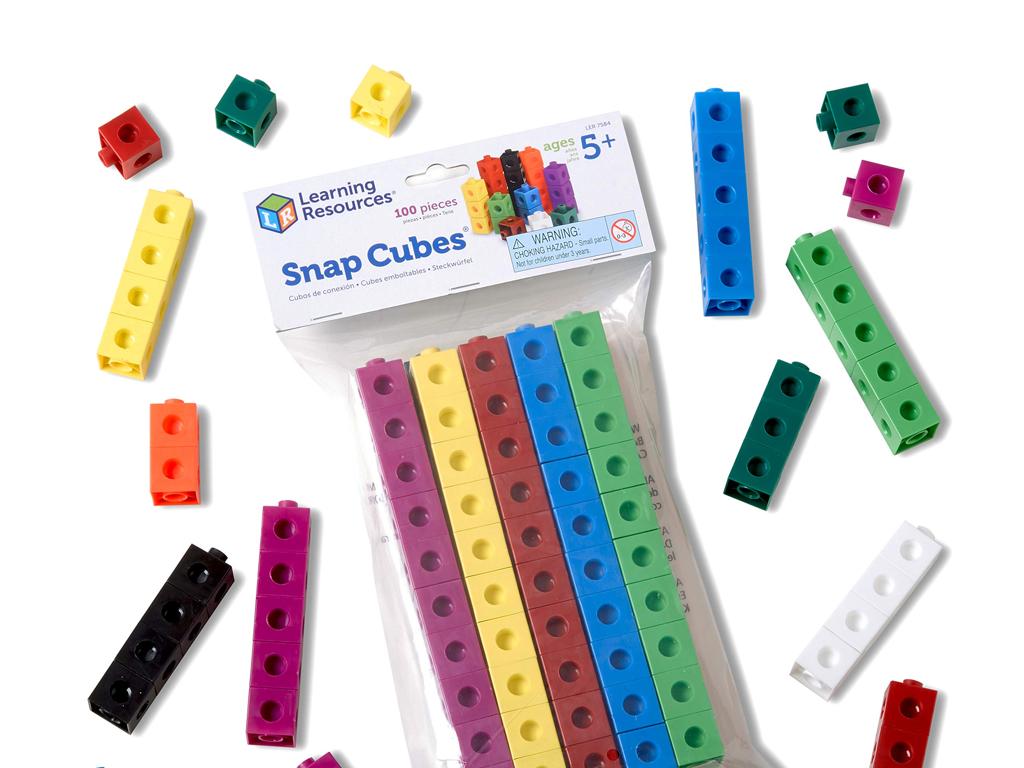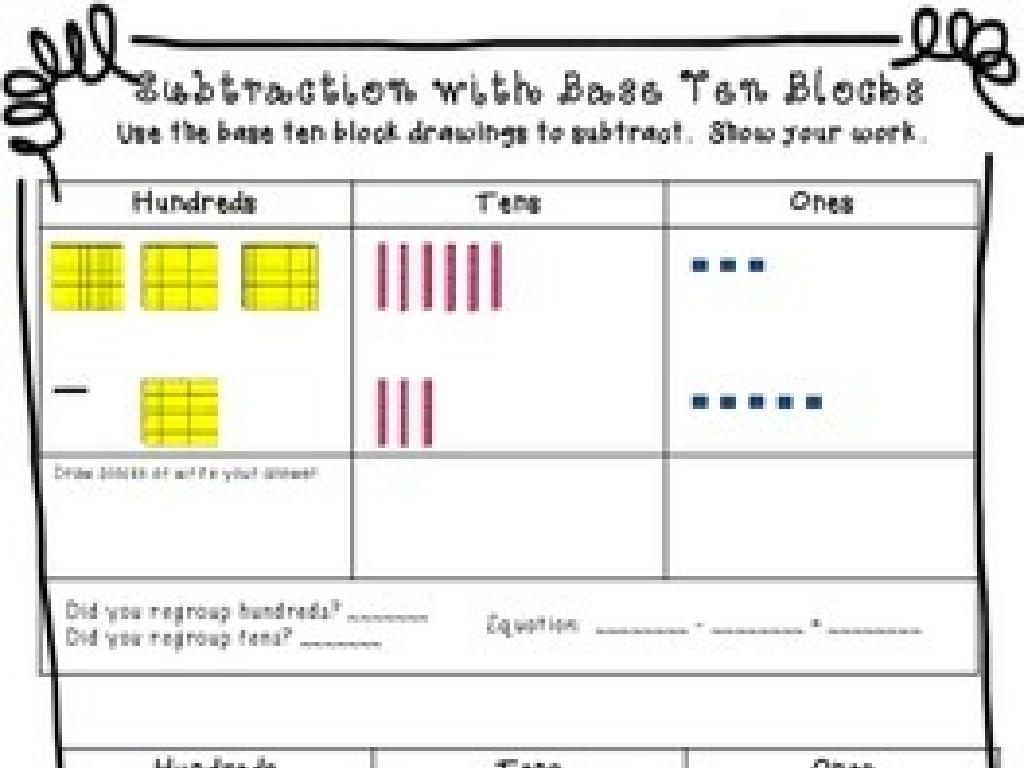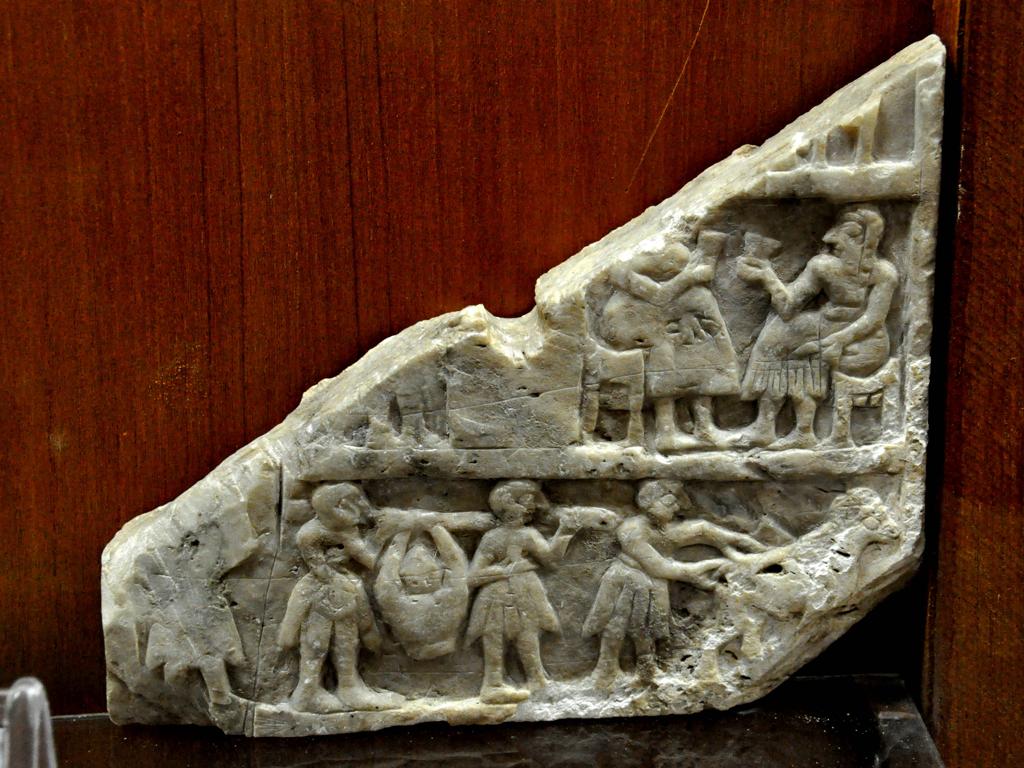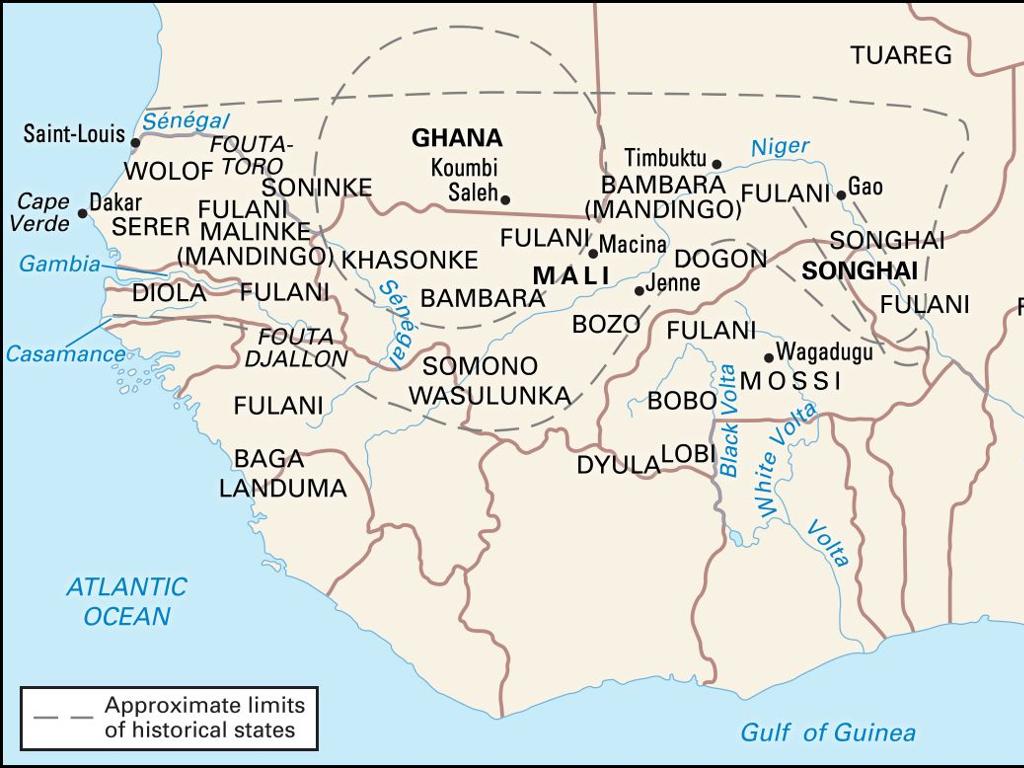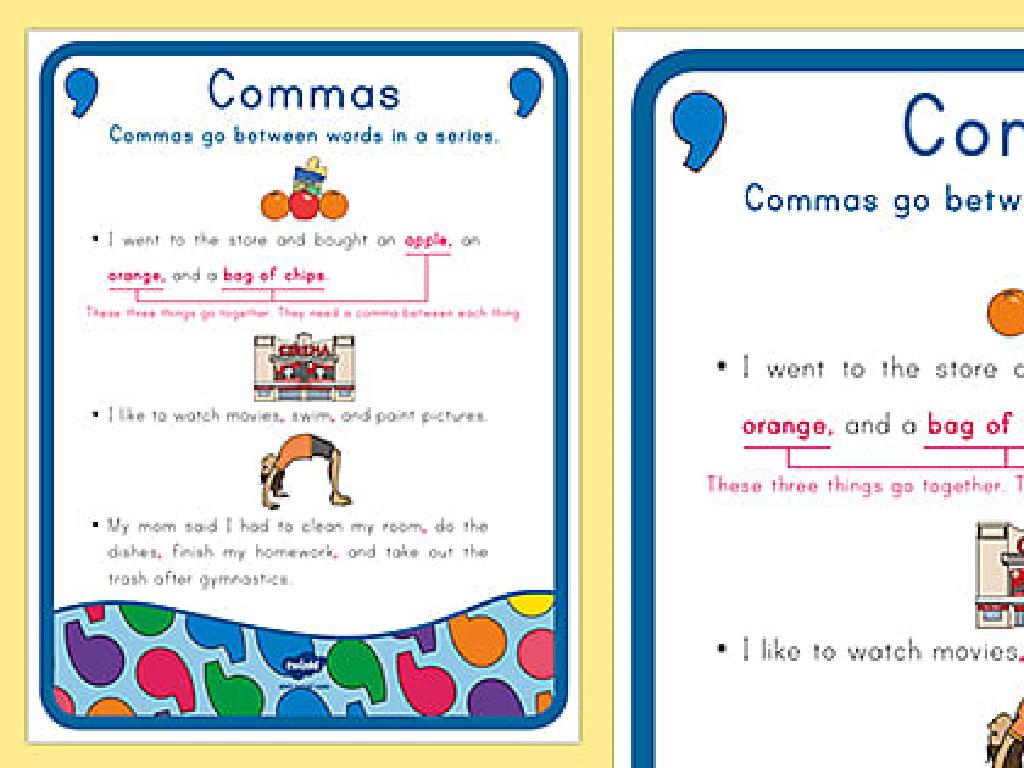The Age Of Exploration: Origins
Subject: Social studies
Grade: Seventh grade
Topic: Age Of Exploration
Please LOG IN to download the presentation. Access is available to registered users only.
View More Content
Welcome to the Age of Exploration!
– Introduction to Exploration Age
– An era marked by global maritime expeditions.
– Timeline: 15th to 17th century
– Spanning 200 years, a period of great discovery and expansion.
– Motivations for exploration
– Driven by ‘God, Gold, and Glory’: spreading religion, seeking wealth, and national prestige.
– Impact of exploration voyages
– Voyages led to the exchange of goods, cultures, and ideas, shaping the modern world.
|
This slide introduces students to the Age of Exploration, a pivotal time in history when European powers explored the world’s oceans and discovered new lands. The timeline provides a historical context, showing the period’s duration and its place in history. Discuss the motivations, emphasizing the desire for wealth, the spread of Christianity, and the competition for global dominance. Highlight the profound effects these voyages had on trade, cultural exchanges, and the geopolitical landscape. Encourage students to think about how these motivations and impacts are still relevant today.
What Led to the Age of Exploration?
– Desire for new trade routes
– Europeans sought direct access to Asia for spices and silks.
– Advances in navigation
– Compasses and astrolabes improved sea travel accuracy.
– Innovations in shipbuilding
– Ships like the caravel were faster and could sail against the wind.
– Monarchies funding expeditions
– Kings and queens sponsored voyages for wealth and power.
|
This slide explores the motivations and technological advancements that spurred the Age of Exploration. Highlight the European desire to find new, direct trade routes to Asia to bypass intermediaries, which was driven by the lucrative spice and silk trades. Discuss the key navigational tools like the compass and astrolabe that allowed sailors to venture further with greater precision. Explain how shipbuilding innovations, such as the development of the caravel, enabled longer voyages. Lastly, delve into the role of European monarchies, which provided the necessary funding for expeditions in hopes of expanding their influence and wealth. Encourage students to consider how these factors combined to kick-start an era of global exploration.
Famous Explorers of the Age of Exploration
– Columbus’ quest for Asia
– Sought a new route to Asia, stumbled upon the Americas
– Magellan’s circumnavigation
– First voyage around the world, proving the Earth’s roundness
– Other explorers’ contributions
– Explorers like Vasco da Gama, John Cabot, and Amerigo Vespucci expanded our maps
– Impact of their discoveries
– Their voyages led to new trade routes, cultural exchanges, and colonization
|
This slide introduces students to key figures of the Age of Exploration, emphasizing their motivations, achievements, and the consequences of their voyages. Christopher Columbus is known for his accidental discovery of the Americas while seeking a new route to Asia. Ferdinand Magellan’s expedition achieved the first circumnavigation of the Earth, which was a monumental feat of navigation and endurance. Highlight other explorers who played significant roles in expanding European knowledge of the world. Discuss the broader impact of these explorations, including the establishment of trade routes, the exchange of goods and ideas, and the beginning of European colonization. Encourage students to consider both the positive and negative effects of these explorations on different societies.
Navigational Tools of the Age of Exploration
– The astrolabe: Star measurement
– An ancient device used to observe and calculate the position of celestial bodies.
– The magnetic compass: Direction
– A tool for navigators to determine their heading on the sea.
– Maps and cartography: Mapping routes
– The art and science of map-making, crucial for documenting and sharing new geographical discoveries.
– Impact on exploration
– These tools were pivotal in expanding the world’s knowledge and enabling long sea voyages.
|
This slide introduces students to the key navigational instruments that made the Age of Exploration possible. The astrolabe allowed sailors to measure the altitude of stars above the horizon, which helped them determine latitude. The magnetic compass, which indicates magnetic north, provided a reliable sense of direction. Maps and the practice of cartography became increasingly important as explorers charted new territories and shared their findings. Emphasize the impact these tools had on the success of explorers and the expansion of trade routes. Encourage students to think about how these tools compare to modern navigation technology.
Impact of the Age of Exploration
– The Columbian Exchange impact
– Exchange of crops, animals, and ideas between the Old and New Worlds.
– Beginnings of globalization
– The world became interconnected through trade and communication.
– Societal benefits and drawbacks
– Some societies gained wealth, while others faced conquest and disease.
– Reflect on the global legacy
|
This slide aims to discuss the far-reaching impacts of the Age of Exploration, focusing on the Columbian Exchange, which was the widespread transfer of plants, animals, culture, human populations, technology, diseases, and ideas between the Americas and the Old World. Highlight how this exchange was a cornerstone in starting globalization, with the world becoming more interconnected. Discuss both the positive outcomes, such as new trade opportunities and cultural exchanges, and the negative effects, including the spread of diseases and the impact of colonization on indigenous populations. Encourage students to think critically about how these historical events have shaped the modern world.
Class Activity: Explorers’ Quest
– Divide into groups, each with an explorer
– Research explorer’s life and voyages
– Present motivations, journey, and findings
– Create a ‘treasure map’ of the explorer’s route
– Include key locations and events along the route
|
This activity is designed to engage students with the Age of Exploration by having them step into the shoes of historical explorers. Each group will be assigned a different explorer to research, such as Christopher Columbus, Vasco da Gama, or Ferdinand Magellan. They will need to investigate why their explorer set out on their journey, the path they took, and what they discovered. The ‘treasure map’ will be a creative representation of the journey, marking significant stops and events. Teachers should provide resources for research and guide students on how to create their maps. Possible variations of the activity could include role-playing interviews with explorers, creating diary entries from the explorer’s perspective, or designing a ship’s flag. This hands-on approach will help students better understand the motivations and experiences of explorers during the Age of Exploration.

